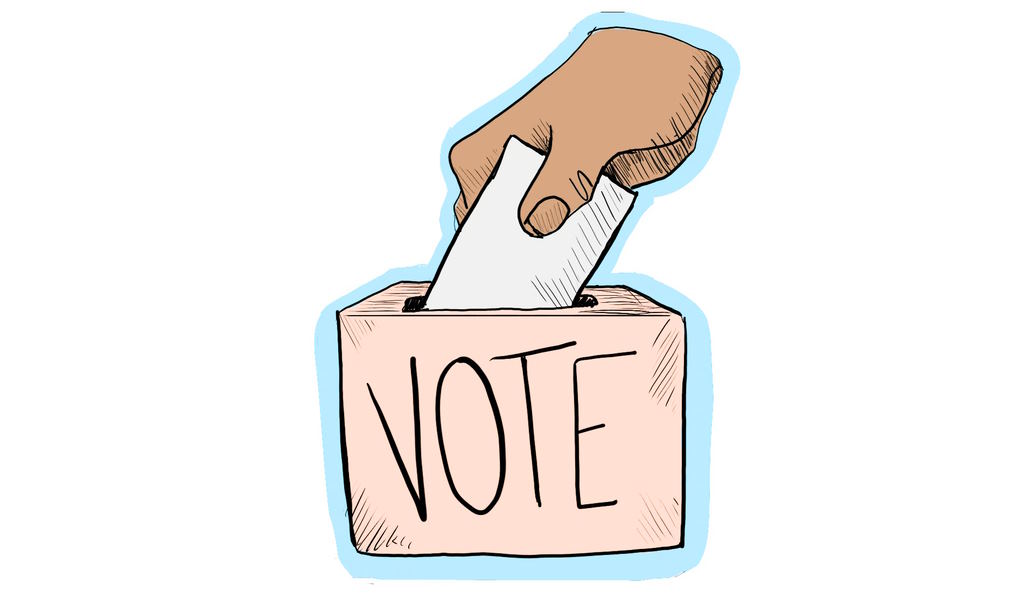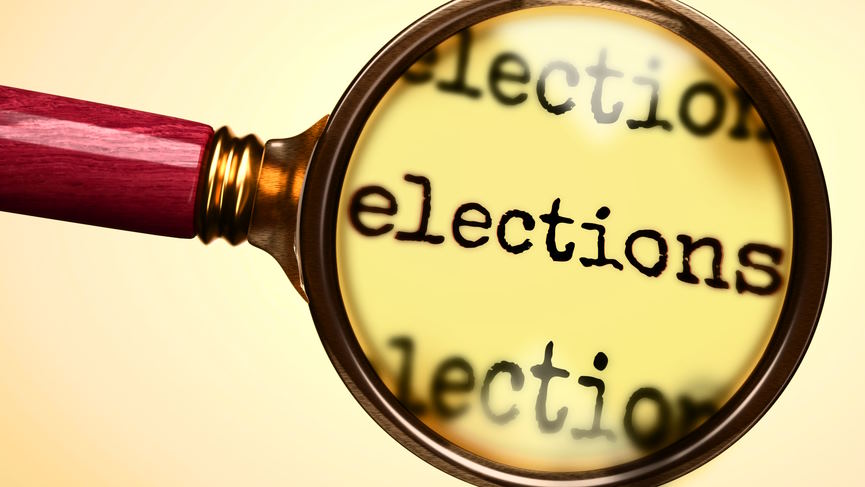
The concept of democracy is deeply ingrained in American culture – the right to vote and be heard has been enshrined as one of our nation’s most fundamental rights. Yet, with the increasing calls for greater representation in politics and a diversification of our voting systems, it’s becoming clear that electoral reform needs to occur locally and globally. In this blog post, we’ll explore the potential implications that such changes could have across different nations, from redefining political boundaries to creating more equitable methods of voting – we’ll discuss why these issues are so pressing today, what action is needed to make necessary reforms happen, and how societies can benefit from progress towards having fairer elections. So let’s dive into electoral reform: The future of democracy depends upon it!
The need for electoral reform – a review of current practices and proposals for change
Electoral reform has been a growing concern in many countries over the past few decades as representation and political participation issues have become more pressing. The most common form of electoral reform takes the form of changes to the voting system in an effort to increase public involvement and participation, reduce the influence of money on elections, and create fairer outcomes for all candidates.
In recent years, there have been numerous attempts worldwide to alter existing voting systems or introduce new ones thought to be more conducive to democracy. In some cases, these reforms have been successful in increasing turnout rates and giving smaller parties improved access to elected office. Examples include proportional representation systems such as those used in New Zealand, Germany, and Italy; optional preferential voting, such as the Australian system; Instant Runoff Voting (IRV), which has been implemented in several US cities; and ranked choice voting, which is becoming increasingly popular across the country.

In addition to these changes to the way people vote, there have also been suggestions for other forms of electoral reform that have been proposed both domestically and abroad. These include measures such as campaign finance reform, gerrymandering restrictions, voter identification requirements, ballot access reforms, and term limits for elected officials. While some of these measures are controversial or face difficulties in implementation due to their cost or complexity, others have been widely accepted and implemented by many countries worldwide.
Ultimately, it is up to each country to decide which reforms will work best for them and which reforms are necessary in order to ensure fair and free elections. Electoral reform is an ongoing process, and it is important for democratic countries to regularly assess their current practices and consider alternative proposals that may be better suited to the realities of their own political environments. As long as citizens remain vigilant and actively participate in reforming their electoral systems, they can help ensure that fair elections continue to be held in their countries.
Therefore, if our democracies are to thrive, we must take steps to ensure that our voting systems are fair and effective. Whether through making changes to existing systems or introducing new ones altogether, there is no doubt that reform is needed in order for our governments to serve us properly. This review has examined some of the most common current practices and proposed changes for electoral reform, and it is clear that a variety of options are available for countries seeking to improve their democratic processes. It is now up to citizens and lawmakers alike to decide which course of action will best serve their countries.

The pros and cons of electoral reform – an in-depth look
Pros of Electoral Reform:
- Improved Representation – It can help to ensure that all voices are heard, as electoral reform often leads to fairer representation in the political process. This can lead to more adequate representation for marginalized groups and minorities historically underrepresented or excluded from the political process.
- Increased Transparency – The implementation of an electoral reform system can increase transparency in government by bringing attention to issues such as gerrymandering, voter suppression, and unfair districting practices. This can help citizens trust their governing body and hold it accountable by highlighting areas where improvement is needed.
- More Voter Participation – By making the voting process easier, clearer, and more accessible, electoral reform can help increase voter turnout and participation. This can lead to more informed voters, a stronger democracy, and better decision-making by elected officials.
- More Informed Voters – Electoral reform systems generally provide citizens with more information about the candidates running for office and the issues that are important to them. This can help people make more educated decisions when it comes time to vote, leading to better outcomes in elections.
Cons of Electoral Reform:
- Costly Implementation – To implement an electoral reform system, there is often a significant cost associated with it due to the technology used and any updates or changes that need to be made over time. This can be a considerable burden on taxpayers if not properly budgeted for.
- Complexity – Electoral reform systems can be complicated for voters to understand and navigate, which could lead to confusion or frustration when trying to cast their vote. This could reduce citizens’ confidence in their governing body if they feel their votes are not being accurately counted or represented.
- Unintended Consequences – While some electoral reforms may seem like a good idea in theory, they can also lead to unintended consequences such as voter apathy due to a lack of understanding of the system or gerrymandering by elected officials looking to keep themselves in power.
- Lack of Flexibility – Once an electoral reform system is put into place, it can be difficult to make changes or adapt it to fit changing needs or circumstances. This can lead to outdated systems that do not adequately represent the population they are meant to serve.


